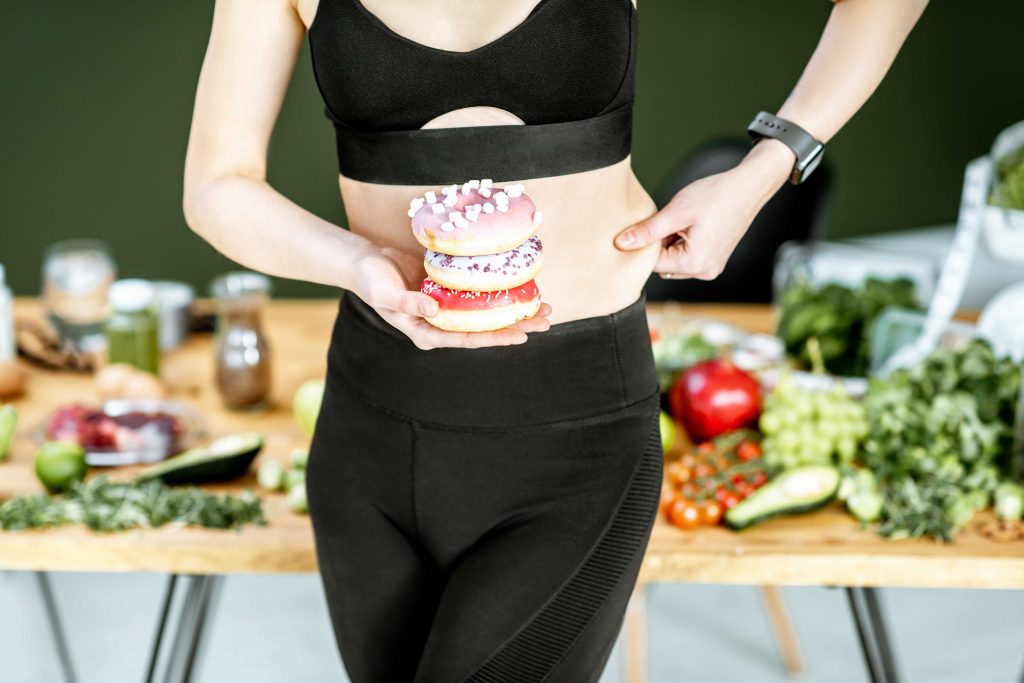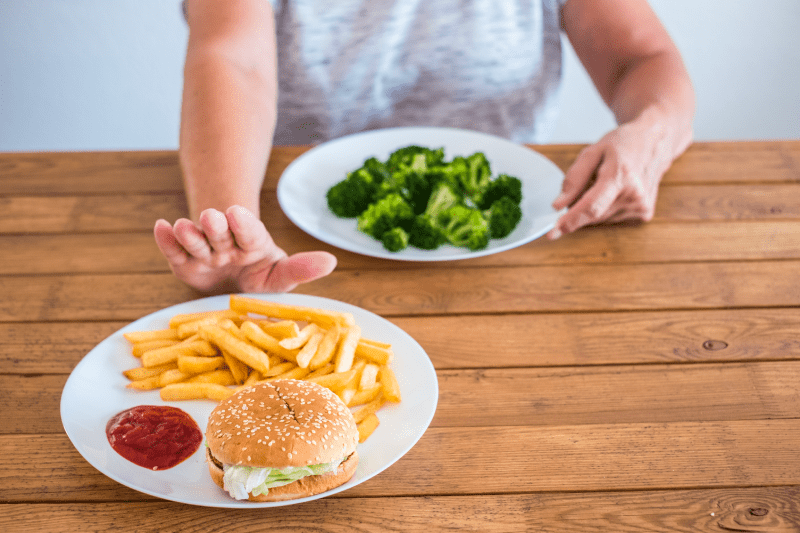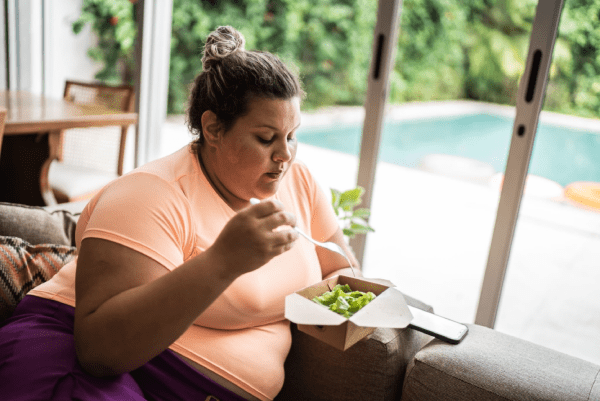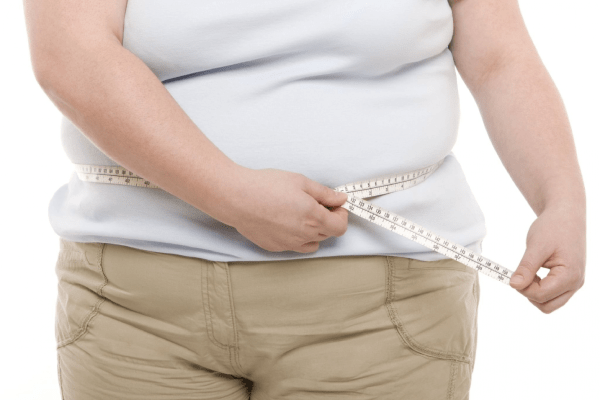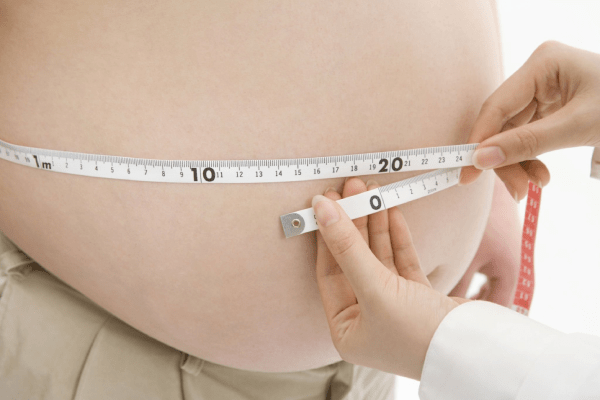20 Foods to Eat on the Keto Diet

A Keto diet’s main component is eating high-fat, low-carb foods. A mix of animal proteins, dairy, vegetables, other plant-based foods, fats, and oils are permitted for those who follow this diet.
The ketogenic diet’s rising acceptance is largely attributable to the possibility of weight loss and blood sugar regulation. Additionally, preliminary research suggests that this high-fat, low-carb diet may be effective in treating some malignancies, Alzheimer’s disease, and other medical disorders. The long-term effectiveness and safety of the ketogenic diet still require more thorough research. Usually, the keto diet restricts daily carbs to 20–50 grams.
While some keto dieters track their total daily carbs, others track net carbs. Net carbohydrates are total carbohydrates less fiber. Fiber is indigestible, which means your body cannot break it down and absorb it. Although this diet may appear difficult, those who follow it can consume a variety of nutrient-rich meals.
Animal proteins
1. Seafood
Fish and shellfish are excellent keto food choices. Along with being practically carb-free, salmon and other fish are also high in selenium, potassium, and B vitamins. But different types of shellfish have different carbohydrate counts. Oysters and octopus contain carbohydrates, however shrimp and the majority of crabs don’t. On the keto diet, you can still eat these things, but you must carefully monitor your carb intake to keep inside your target range. Omega-3 fats, which are abundant in salmon, sardines, mackerel, and other fatty fish, have also been linked to lower insulin levels and higher insulin sensitivity in overweight or obese adults. Regular fish consumption is associated with better brain function and a lower risk of disease.
2. Meat and poultry
On the ketogenic diet, meat and poultry are regarded as staple foods. Fresh meat and poultry are low in carbohydrates and high in B vitamins as well as other vital minerals. Additionally, they’re a fantastic source of high-quality protein, which may aid in maintaining muscle mass while on a very low-carb diet. An older women’s diet high in fatty meat was associated with 8% higher levels of HDL (good) cholesterol than a diet high in carbs and low in fat, according to a small study. Given that it contains more omega-3 fats and conjugated linoleic acid (CLA) than meat from grain-fed animals, it may be advisable to pick grass-fed beef, if at all possible.
3. Eggs
Eggs are a very nutritious source of protein. Eggs can be a great keto food because they have roughly 6 grams of protein and less than 1 gram of carbohydrates per large egg. Eggs have also been demonstrated to cause hormones that heighten sensations of fullness. The majority of an egg’s nutrients are found in the yolk, thus it’s crucial to consume whole eggs rather than egg whites. This includes the eye-health preserving antioxidants lutein and zeaxanthin. Despite the high cholesterol content of egg yolks, they don’t seem to raise your risk of heart disease.
Dairy and dairy alternatives
1.Cheese
There are several varieties of cheese, the most of which are high in fat and very low in carbohydrates, making them ideal for the keto diet. One gram of carbohydrates, six grams of protein, and a healthy dose of calcium are all present in only one ounce (28 grams) of cheddar cheese. Despite having a lot of saturated fat, cheese hasn’t been proven to make you more likely to get heart disease. In fact, several research imply that it might aid in this condition’s defense. Additionally, cheese includes CLA, which has been connected to benefits in body composition and fat loss. Additionally, frequent cheese consumption may lessen the aging-related loss of muscular mass and strength.
Keto cheese list
- blue cheese
- Brie
- Camembert
- cheddar
- chevre
- Colby jack
- cottage cheese
- cream cheese
- feta
- goat cheese
- halloumi
- Havarti
- Limburger
- Manchego
- mascarpone
- mozzarella
- Muenster
- Parmesan
- pepper jack
- provolone
- Romano
- string cheese
- Swiss cheese

2.Plain Greek yogurt and cottage cheese
Cottage cheese and plain Greek yogurt are healthy, high-protein foods. You can eat them in moderation when on keto even if they do contain some carbs. It has been demonstrated that yogurt and cottage cheese can both aid in reducing hunger and fostering feelings of fullness. Both of these are delicious on their own as a snack, but you can also mix them with chopped almonds, cinnamon, or other spices to create a quick keto treat.
3. Cream and half-and-half
The fatty part of fresh milk that is removed during milk processing makes up cream. On the other hand, half-and-half is a mixture of half whole milk and half cream. These two dairy products are perfect for keto because they are both very low in carbohydrates and high in fat. Butter and cream are high in CLA, which like other fatty dairy products may help with fat loss. Despite this, it is preferable to only sometimes indulge in cream and half-and-half.
High-fat dairy products may not be that closely associated with heart disease, according to several studies. Others contend that consuming high-fat dairy products in moderation may lower your risk of heart attack and stroke. The evidence is still not conclusive, though. This subject is still up for debate and is influenced by a variety of variables, including how much processing the food has undergone. Popular choices for adding to coffee or substituting for tiny amounts of milk when cooking on the keto diet are cream and half-and-half.
4.Unsweetened plant-based milk
Soy, almond, and coconut milk are among the plant-based milk variants that are suitable for keto dieters. You ought to pick versions without added sugar. Options that have been sweetened contain too much sugar to be deemed keto-friendly. Furthermore, you should stay away from oat milk because even unsweetened oat milk has too many carbs to be suitable for a ketogenic diet.
Vegetables
1.Green leafy vegetables
Green leafy vegetables are ideal for the keto diet since they have a very low carb count. They are abundant sources of antioxidants, vitamins, and minerals. Iron and vitamin K are particularly abundant in dark leafy greens like spinach, kale, and collard greens. Greens provide your meals more substance without significantly raising the carbohydrate content. In addition, herbs like oregano and rosemary give substantial flavor with hardly any carbohydrates;
- Salad greens: lettuce, baby spinach, arugula, escarole, and frisee
- Cooking greens: bok choy, collard greens, mustard greens, kale, spinach, Swiss chard, and cabbage
- Herbs: thyme, sage, mint, oregano, dill, parsley, cilantro, basil, rosemary, and lemongrass
2.Peppers
There are numerous types of peppers, and they are all suitable for the keto diet. Despite the fact that they are essentially fruits, they are cooked like vegetables. Jalapenos are excellent for crafting keto-friendly appetizers since they are small fiery peppers that add flavor to recipes. Larger, milder peppers, such bell peppers and poblanos, can be stuffed to create excellent, low-carb main courses. Additionally, peppers contain a lot of vitamin C. As an illustration, one bell pepper has 107% of the recommended daily intake (RDI) of vitamin C.
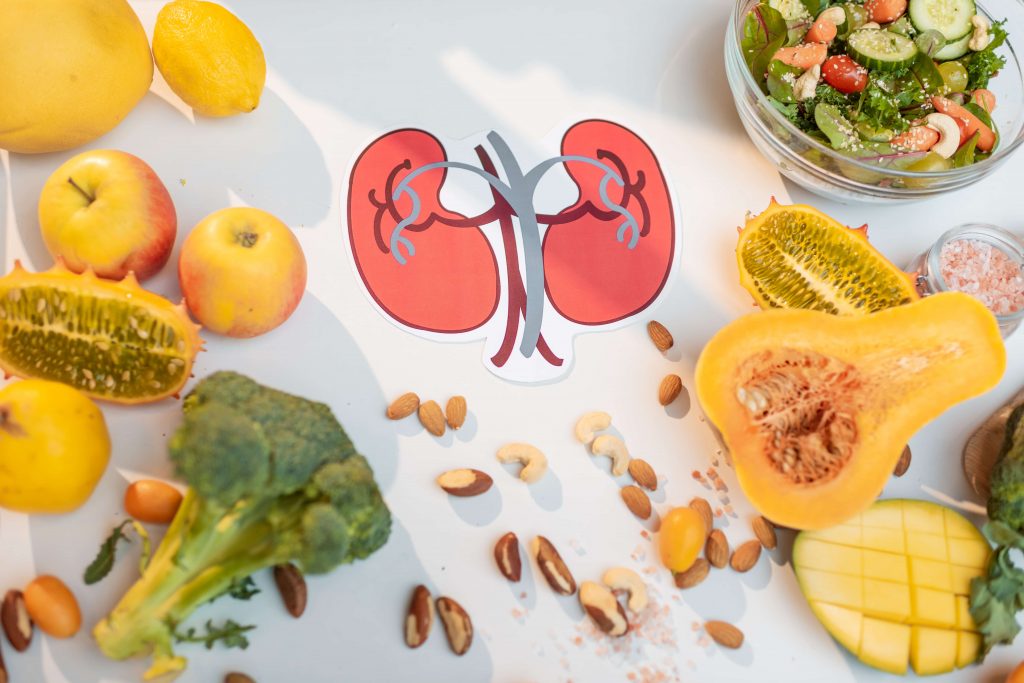
3.Summer squash
Yellow squash and zucchini are two summer squashes that are low in carbohydrates and quite adaptable. In fact, zucchini is a staple of the keto diet. You can make zucchini noodles with a spiralizer, which are a great alternative to pasta or noodles. Grated zucchini can be used to replace rice or added to baked products without changing their flavor. It can also be prepared as a cold salad by slicing it thinly with a mandoline and tossing it with salt, pepper, and olive oil.
3.High fat veggies
Avocados and olives, while technically both fruits, are unique among vegetables in that they’re fairly high in fat. They also contain fiber and are low in net carbs. Oleuropein, the main antioxidant in olives, has anti-inflammatory properties and may protect your cells from damage. Additionally, one study found that people who ate one avocado per day experienced improvements in heart health risk factors, including lower levels of LDL (bad) cholesterol
4. Other nonstarchy vegetables
Other non-starchy veggies are high in minerals and antioxidants while being low in calories and carbohydrates. Furthermore, low-carb vegetables are excellent alternatives to diets high in carbohydrates. For instance, making cauliflower rice or mashed cauliflower using low carb cauliflower is simple. A fantastic natural substitution for spaghetti is spaghetti squash, and low-carb root vegetables like jicama and turnips work well in place of roasted potatoes or french fries.
Here are some other instances of veggies that are suitable for the keto diet;
Keto vegetable list
- asparagus
- broccoli
- cabbage
- cauliflower
- mushrooms
- cucumber
- green beans
- eggplant
- tomatoes
- spaghetti squash
- jicama
- radishes
- turnips
- Brussels sprouts
- celery
- okra
Other plant-based foods
1.Nuts and seeds
Nuts and seeds have a high fat content and few carbohydrates. Regular nut consumption is associated with a lower risk of depression, heart disease, and several types of cancer. Additionally, nuts and seeds have a lot of fiber, which can make you feel full and help you consume less calories. The amount of net carbohydrates varies greatly by variety of nut and seed, despite the fact that most are low. excellent for keto because it contains the fewest carbohydrates;
- almonds
- macadamia nuts
- pecans
- walnuts
- chia seeds
- flaxseeds
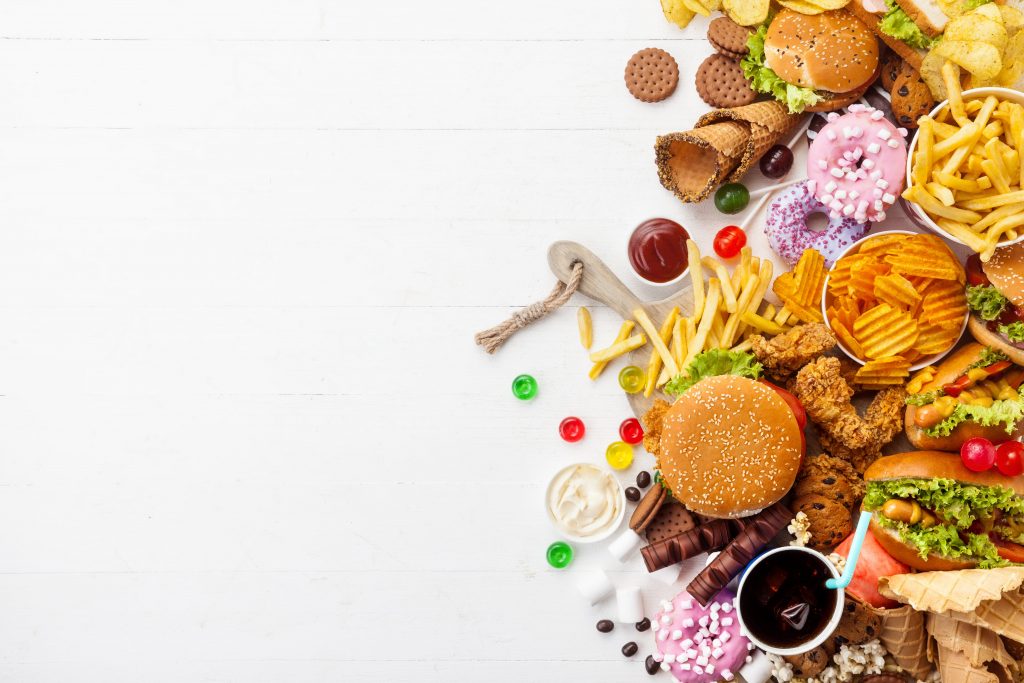
2.Berries
Berries are an exception to the rule that most fruits are too high in carbs to eat while on the keto diet. Berries are low in carbohydrates and high in fiber, especially strawberries and raspberries. Despite having fewer carbohydrates than some other fruits, blackberries and blueberries might not be suitable for stringent keto diets. Antioxidants included in these little fruits may aid to decrease inflammation and provide disease protection.
3.Shirataki noodles
The keto diet is a great fit for shirataki noodles. Because they are mainly water, they provide only 15 calories and less than 1 gram of net carbohydrates per serving. These noodles are produced from glucomannan, a viscous fiber with numerous potential health advantages.
The gel-like consistency of viscous fiber delays the passage of food through your digestive system. This may facilitate weight loss and diabetes control by reducing hunger and blood sugar rises. There are many different types of shirataki noodles, such as rice, fettuccine, and linguine. They may virtually all be substituted for ordinary noodles in recipes.
4.Dark chocolate and cocoa powder
Antioxidants can be found in dark chocolate and cocoa. Flavanols included in dark chocolate may minimize your risk of heart disease by decreasing blood pressure and maintaining the health of your arteries.
Surprisingly, you can have chocolate while on the keto diet. But it’s crucial to get dark chocolate with at least 70% cocoa solids, ideally more, and to consume it in moderation.
Fats and oils
1.Olive oil
Olive oil has remarkable heart-health advantages. It contains a lot of oleic acid, a monounsaturated fat that has been shown to lower risk factors for heart disease.
Extra-virgin olive oil is also rich in polyphenol antioxidants, which are plant substances that help to improve arterial function and lower inflammation, which further safeguard heart health. Olive oil is a pure fat source; it is devoid of carbohydrates.
It makes a great base for healthy mayonnaise and salad dressings. It’s preferable to use olive oil for low heat cooking or to add it to meals after they’ve been cooked because it doesn’t maintain its stability at high temperatures as well as saturated fats do. Coconut oil and avocado oil are some fantastic plant-based oils to test when on a ketogenic diet.
2.Butter and ghee
Good fats to include on the keto diet are butter and ghee. Ghee is completely free of carbohydrates, while butter has very little of them. Clarified butter, or ghee, is created by heating butter and skimming off the milk particles that float to the top. It is frequently used in Indian cooking and has a rich buttery flavor. Butter and ghee, like other full-fat dairy products, don’t seem to be as bad for your health as previously believed.
Beverages
Unsweetened coffee and tea
Tea and coffee are nutritious, carb-free beverages. They contain caffeine, which speeds up your metabolism and could enhance your mood, mental clarity, and physical stamina. Additionally, it has been demonstrated that coffee and tea consumers have a much lower chance of developing diabetes. Though a cause and effect connection has not yet been established, people who drink the most coffee actually have the lowest risk. You can add heavy cream to coffee or tea; but, since “light” lattes are often manufactured with nonfat milk and high-carb flavorings, you must stay away from them while on the ketogenic diet.
Unsweetened sparkling water
Unsweetened sparkling water is a fantastic soda substitute for people on the keto diet. These deliciously bubbly drinks may have flavors, but they usually don’t include any sugar or sweeteners. They are hence devoid of calories and carbohydrates. However, certain kinds naturally flavor themselves with trace amounts of fruit juice, and these could be carb-rich. Check the label carefully because extra carbs can add up rapidly.
